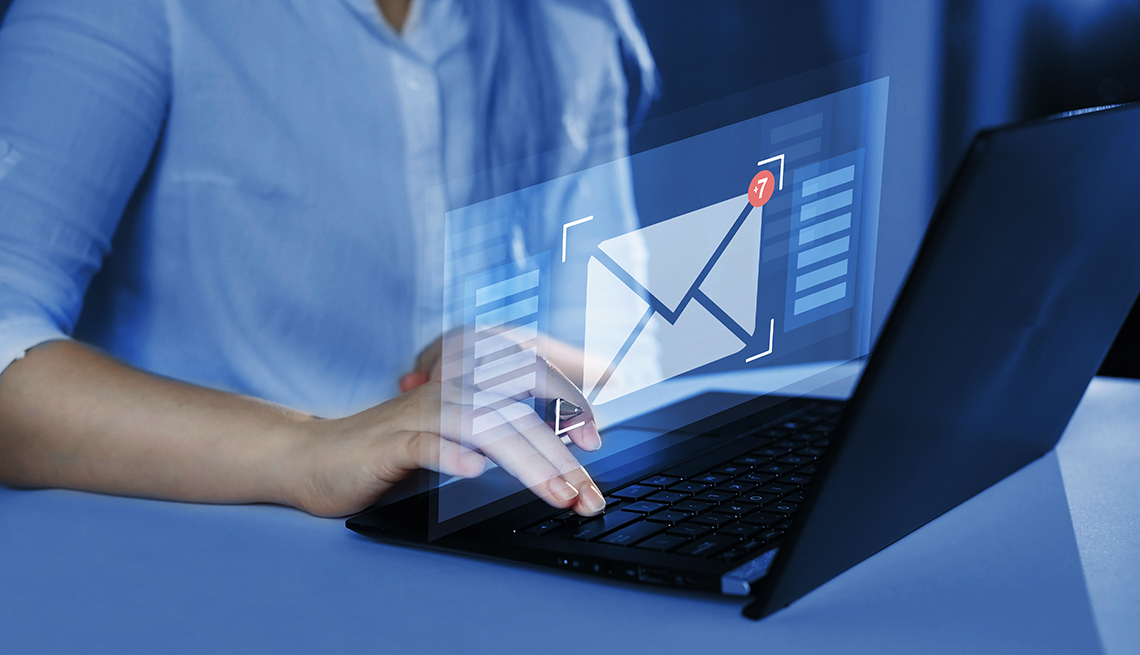
The pros and cons of 5 popular free email services
- Select a language for the TTS:
- UK English Female
- UK English Male
- US English Female
- US English Male
- Australian Female
- Australian Male
- Language selected: (auto detect) - EN
Play all audios:

While electronic mail became a mainstream mode of communication in the late ’80s — yep, AOL’s iconic “You’ve got mail!” was heard for the first time in 1989 — email is still used heavily
today, both personally and professionally. How heavily? More than 333 billion emails were sent worldwide each day in 2022, according to a study from the Radicati Group, a Palo Alto,
California–based technology market research firm. And the volume is expected to increase more than 4 percent in each of the next three years. While your internet service provider will give
you a free email address, a free webmail account remains popular. You can log in from virtually any device, anywhere in the world, and access all your messages. You also can keep the same
address if you move out of a coverage area or decide to switch carriers. And did we say free? Revenue from advertising aimed at you and these companies’ other income sources pay for the
services. But you won’t have to put your hand in your pocket to sign up for and use webmail such as Gmail, iCloud, Outlook, Proton Mail, Yahoo! Mail and several others. But because so many
many webmail options are available, knowing which one to use can be tough. Here is a look at some popular webmail services and what makes them stand out from others. GMAIL: THE BIGGEST HAS
SOME NEAT FREE FEATURES The world’s largest webmail provider has about 1.5 billion active users and is available in 105 languages. Like Yahoo! and Outlook, Google’s Gmail has a dedicated app
for mobile devices as well as a website to log in to from anywhere. WHAT SETS IT APART: Unique features include powerful and accurate voice typing, nudges that remind you to follow up and
respond to messages, the ability to “snooze” messages and schedule them to pop up later, an offline mode so you don’t have to have an internet connection to read your mail and the ability to
open attachments without opening emails. You can also join a Google Meet chat or video call right from your inbox. And Gmail effectively blocks phishing emails. In March 2023, Google
announced it will test artificial intelligence (AI) features for Gmail soon that could help you prioritize, summarize and reply to messages. MAXIMUM ATTACHMENT SIZE: 25 megabytes (MB), up
from 15MB per message. Like Yahoo! and Outlook, Gmail has a paid version with advanced features that is part of its Google Workspace suite. MAXIMUM MAILBOX SIZE: 15 gigabytes (GB) total of
free storage, or about 15,000 MB, shared across Gmail, Google Drive and Google Photos, with an option to purchase more for a monthly fee. PRIVACY: Google says it does not scan or read your
Gmail messages to show you ads — it did before 2017 — but personalized advertisements are shown to you based on your online activity while you’re signed into Google. ICLOUD MAIL: NOT FOR
ANDROID USERS Free for anyone with an Apple ID, Apple’s iCloud Mail can be accessed on a Mac, PC or on an app for iOS. But Android users don’t have an app for that. iCloud Mail is easy to
use, easy on the eyes and, like many of the other webmail providers, is secure and supports other email services if desired.
